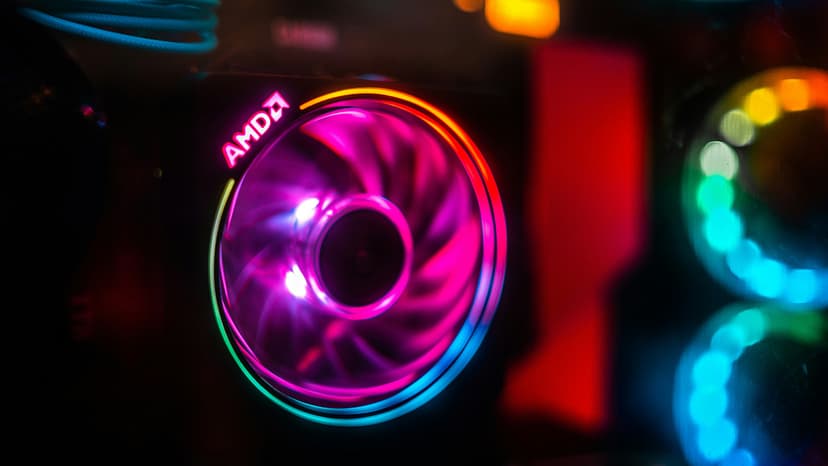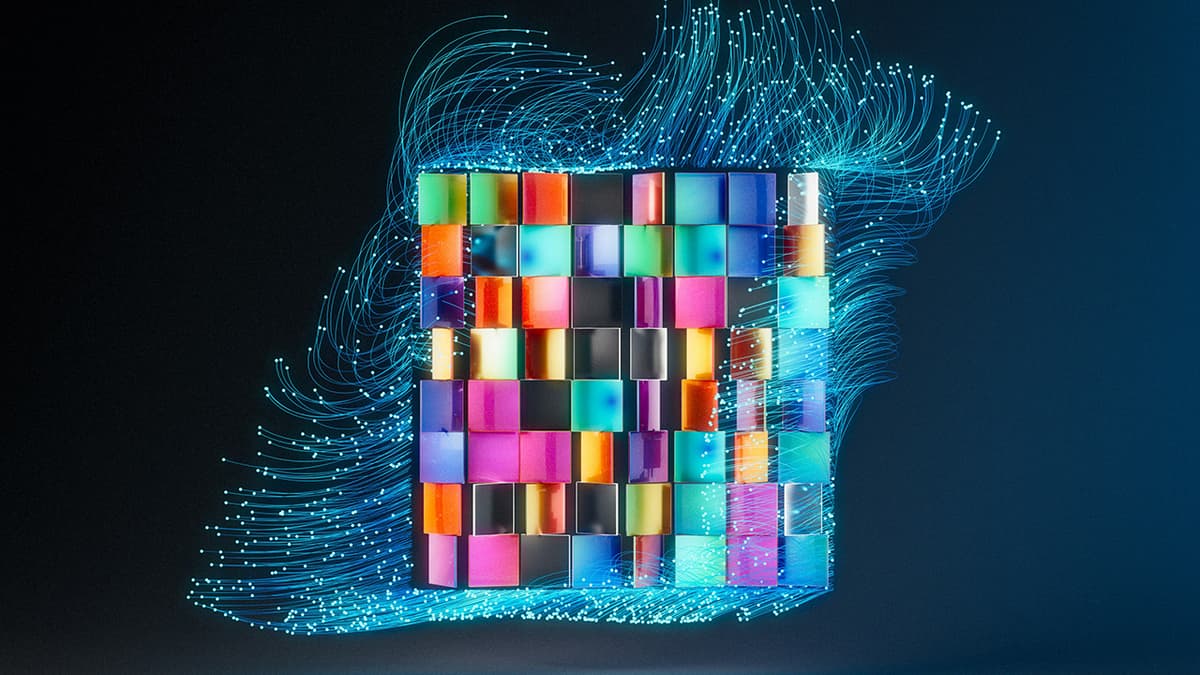The Evolution of Moon Landers: From Historic First Steps to Odyssey
Heading to the moon is a complex journey that requires advanced technology and brilliant minds. Over the years, humanity has seen a tremendous evolution in moon landers, from the iconic Apollo missions to the recent Odysseus lander.
The Apollo Lunar Modules
The Apollo lunar modules were the first vehicles to take humans to the moon's surface. These spacecraft were remarkable designs made of metal foil, pipes, and glass. The Apollo modules carried astronauts like Neil Armstrong and Buzz Aldrin, allowing them to take their first moonwalks. These missions marked a significant chapter in moon landing history.
The Odysseus Lander
Fast forward to the 21st century, where we see the Odysseus, a modern moon lander. Odysseus is designed for the new age of lunar exploration. It features advanced technology that surpasses earlier landers, making them seem outdated.
Key Features of Odysseus
-
Autonomous Design: Odysseus is not just a lander but a cutting-edge, autonomous spacecraft. Its modern materials and advanced propulsion systems enable it to land more accurately than previous lunar landers.
-
Reusability: Unlike the Apollo modules, which were one-time missions, Odysseus is designed for multiple uses. This reusability significantly enhances its operational efficiency.
-
Real-Time Communication: Odysseus includes sophisticated communication systems that allow real-time data transmission. Scientists on Earth can receive important information quickly and view lunar landscapes live.
-
Automated Systems: With integrated AI and machine learning, Odysseus can navigate obstacles like boulders and craters without manual control.
Environmental Considerations
Odysseus prioritizes sustainability. Past moon landers often left debris on the moon, but Odysseus follows a leave-no-trace policy. Its design minimizes environmental impact, echoing the modern ethos of protection and preservation.
- Solar Power: Instead of relying on finite fuel, Odysseus uses solar energy. This shift enables longer missions with less concern about running out of resources.
Supporting Extended Missions
Odysseus is built for versatility. It can support missions lasting weeks or months, allowing for extensive scientific research without the pressure of a short timeframe.
Global Collaboration
Odysseus is the result of international cooperation among various space agencies. This collaboration stands in contrast to the 20th-century space race, highlighting a more united approach to lunar exploration.
Odysseus represents significant advancements in technology, environmental consciousness, and teamwork. The evolution from the Apollo missions to the Odysseus marks a new era in lunar exploration, paving the way for future journeys into space.












